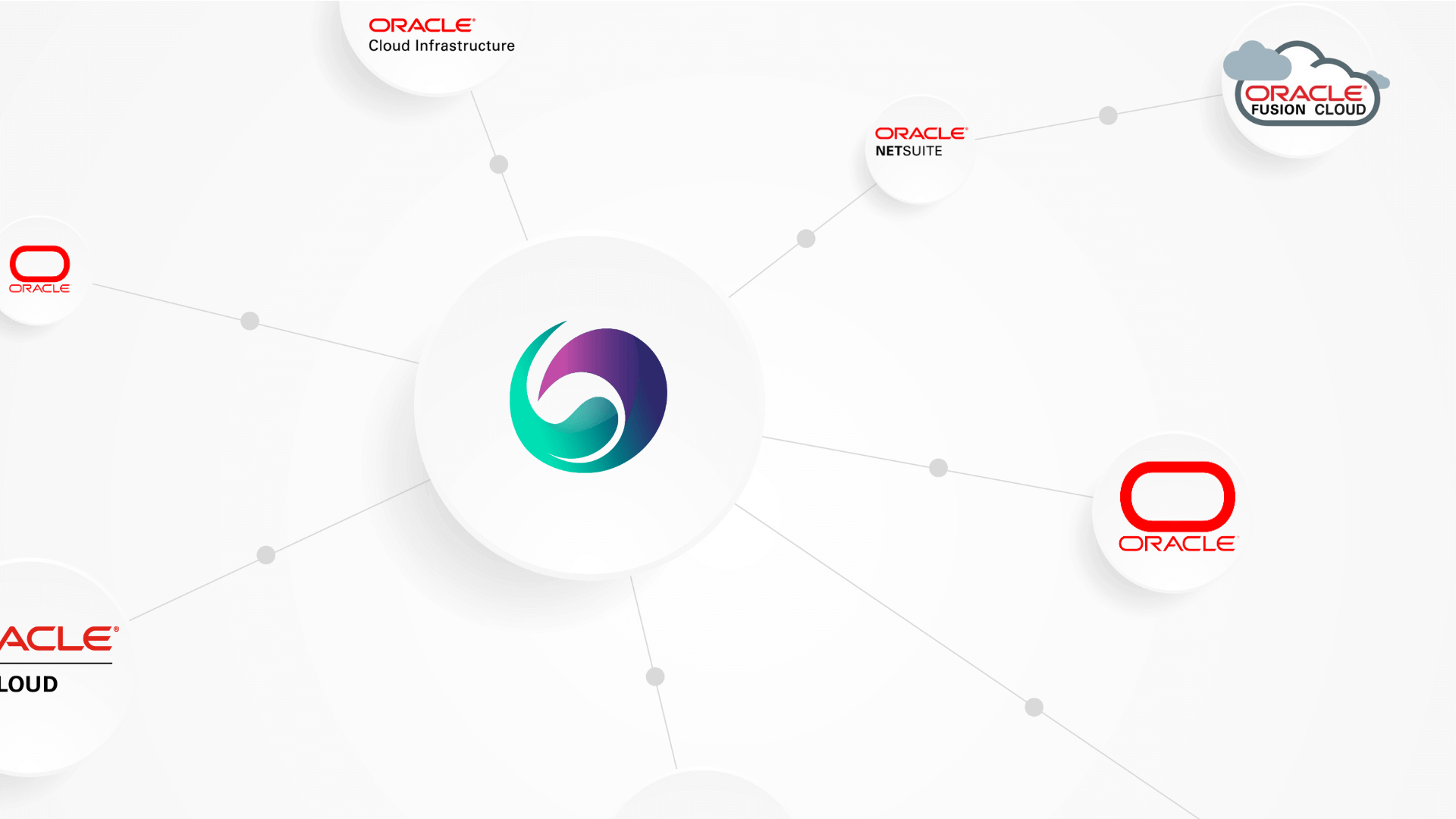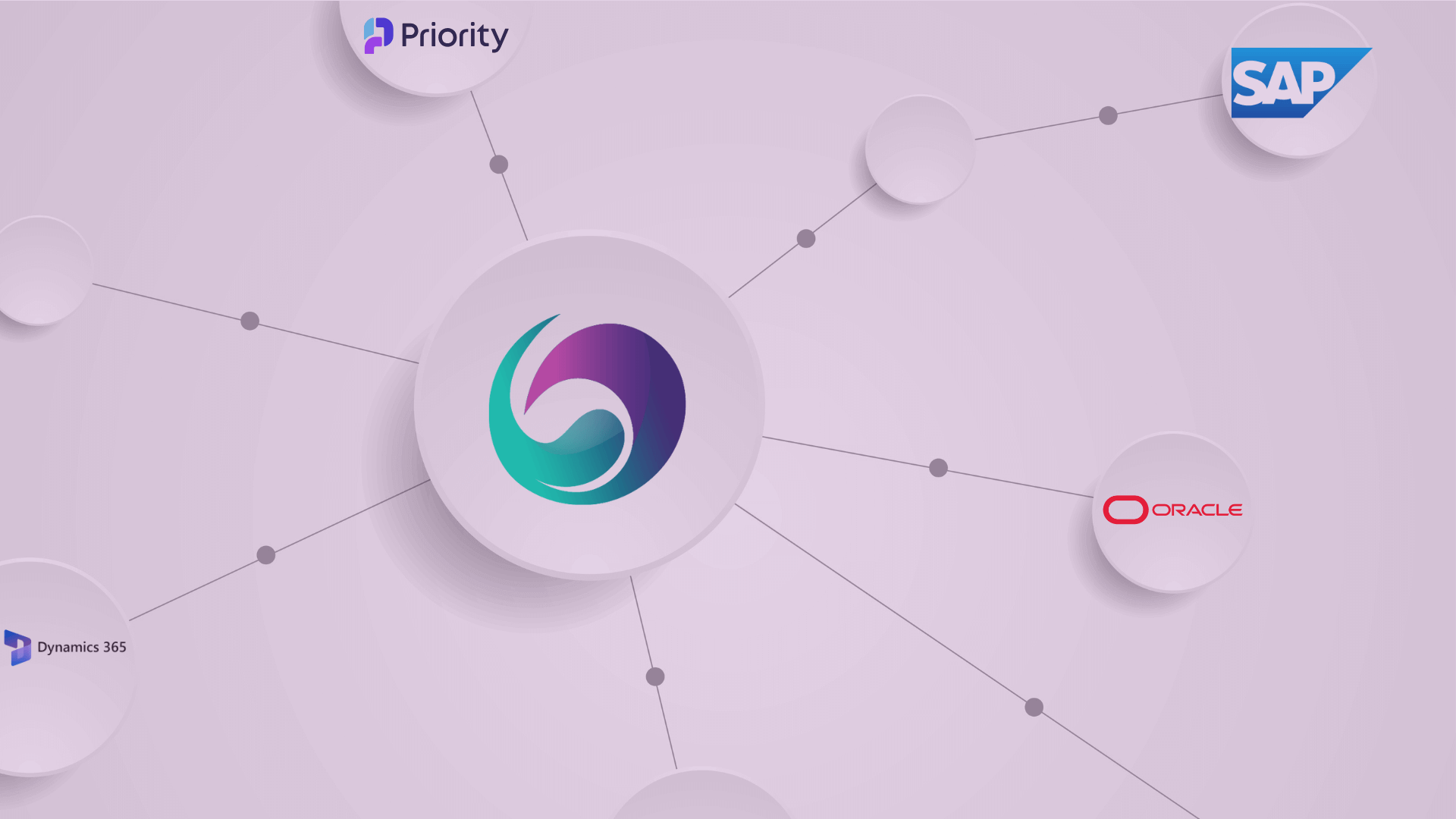Smarter document understanding, built for the supply chain

At DOConvert, we’ve spent years helping companies automate document workflows. But automation isn’t enough anymore. Extracting data is just one part of the process. What teams really need is a system that understands the document, knows what to do with it, and takes action.
That’s why we built Poly.
Poly is our new pre-trained model, designed to go beyond traditional data extraction. She learns how documents behave, understands their structure, and integrates directly into your ERP to handle the tasks your team would normally do by hand.
This is document understanding at a new level. And it’s already working.
What Poly does today
Poly is already live with a handful of clients and delivering strong results. In the first month alone, we saw a 300% increase in the number of documents processed, with no added manual work.
Here’s how Poly is being used today:
- Classifies incoming documents automatically
- Maps content to the correct structure, even when formats vary
- Extracts key data points with high accuracy
- Normalizes currencies, formats dates, and validates key fields
- Understand tables and line-item structures
- Prepares clean, ERP-ready data without templates or manual cleanup
- Uses bi-directional ERP integration to check vendor IDs, match open POs, and create invoice drafts automatically
Poly handles repetitive, high-effort work and gets the data where it needs to be — without slowing your team down.
How Poly came to life
Poly wasn’t built in one day. Like most good things, she came together piece by piece.
We started by teaching her to extract key fields from documents, invoice numbers, PO lines, due dates, and totals. Then we added classification, so she could recognize what kind of document she was looking at. After that came the mapping layer, so no matter the format, she could make sense of the structure.
Then came the big shift: we connected her to the ERP with full bi-directional integration.
At first, she could validate things, vendor numbers, PO matches, and expected values. We added post-processing logic, like formatting currencies, fixing date fields, and correcting common errors. Then we taught her to ingest documents directly from email, so she could begin working the moment a file arrived, with no need to upload anything manually.
But we didn’t stop there.
We gave her the ability to take action.
With bi-directional integration in place, Poly can do more than just prepare data. She performs tasks inside the ERP. She creates draft invoices. She opens new POs when one’s missing. She tracks approvals and updates records the moment something gets cleared.
And the more she works, the more she learns.
Each layer is built on the last. And at some point, we realized we weren’t just building tools. We were building a teammate. One that understands, adapts, and takes real action.
Why it matters
Poly changes how supply chain teams work with documents. She speeds up processes, reduces errors, and scales operations without growing headcount. She allows teams to focus on what matters, not on checking values, cleaning tables, or digging through PDFs.
It’s not just about saving time. It’s about building a smarter workflow that can handle itself.
The full release is coming
Poly is currently live with select clients. We’re continuing to learn, iterate, and expand her capabilities in real-world environments. The full release is coming soon as part of our next platform update.
If you want to be among the first to see what Poly can already do, and where she’s going, we’d love to show you.






